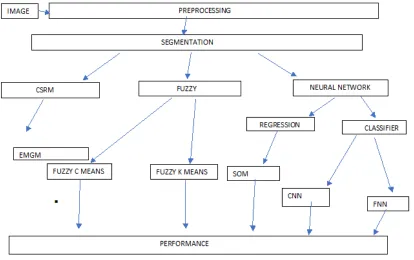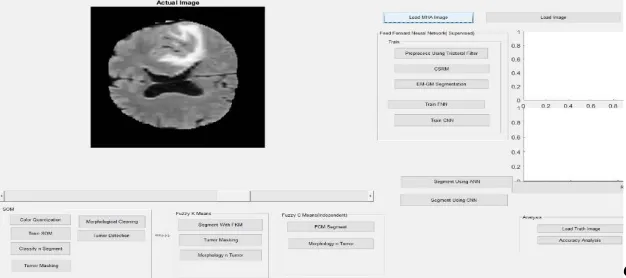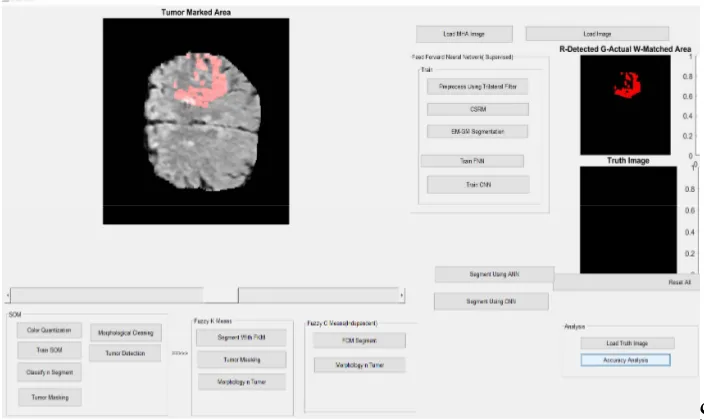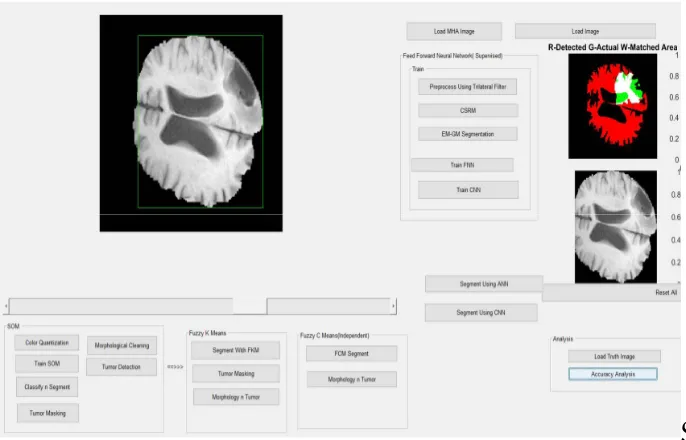A Convolution Neural Network Based Deep Learning System for Brain Tumor Detection towards MRI Image Segmentation
Full text
Figure




Related documents
In animal models laparoscopy has been shown to de- crease the incidence, extent, and severity of intraabdominal adhesions when compared with open surgery, thus poten- tially
( D) Boxplot represents the expression of marker genes for the four different subtypes in Penn-cohort of GBM patients identified by our PIGExClass based classifier. All fold changes
The permafrost maps were val- idated using a set of 98 evidence points of permafrost oc- currence or absence, of which 10 represent the Swiss refer- ence boreholes used to set up
Teratological implications of soft tissue abnormalities found in human lower limbs with bony defects. Levinsohn EM, Crider
Our analysis of the default funds in stakeholder plans finds that they are typically risky, with high equity content, but also that there are substantial differences across funds
Financial Planning: Budgeting and forecasting skills are fundamental to the financial planning process, and to estimating and tracking revenues and expenses for both businesses
Using the DATCAP as a guide, opportunity costs were estimated through extensive interviews with program administrators and staff for various categories including volunteer labor
Here, we reported a robust aptamer–polydopamine-functionalized mannitol-functionalized poly(lactide-co-glycolide) (M-PLGA)– d - α -tocopheryl polyethylene glycol 1000 succinate